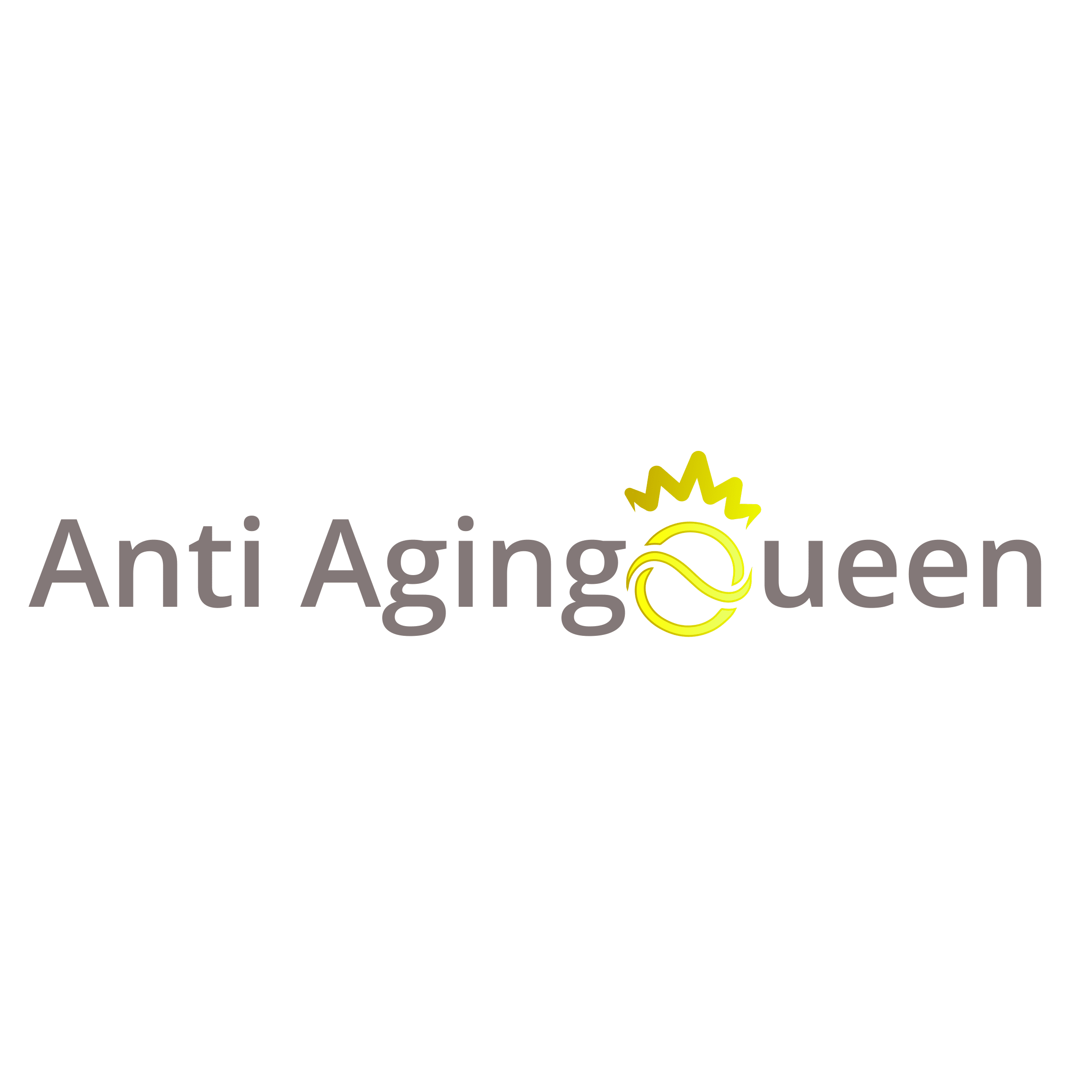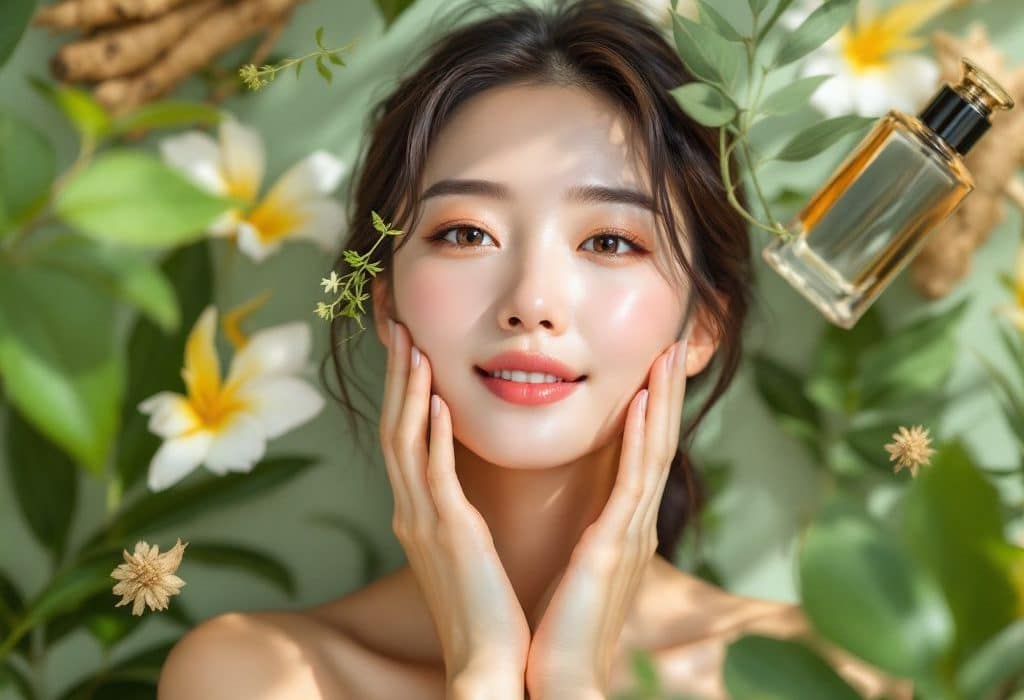Hey there! If you’re anything like me, you’ve probably been completely wowed by the world of Asian beauty. I mean, it’s not just about those flawless complexions, but the entire mystical vibe around how they achieve it. You might have heard about the wonders of Korean skincare, but what about Korean herbs? Trust me, these magical botanicals are like nature’s little gifts specifically for our skin. Today, I’m going to walk you through how to layer Korean herbs effectively. Let’s get started on this skincare journey together.
Why Korean Herbs Matter
First off, what’s the big deal with Korean herbs? It’s simple. These herbs have been rooted (no pun intended) in Asian beauty routines for centuries. They offer traditional benefits like soothing inflammation, boosting resilience, and even improving complexion. It’s like having a spa treatment right in your bathroom, and who wouldn’t want that?
The Magic of Korean Herbs
Korean herbs bring that gentle embrace your skin craves. They cater to sensitive types, shield against environmental stressors, and gift you that dewy glow everyone’s chasing. With ingredients ranging from ginseng to licorice root, the variety of benefits is vast and potentially transformative for your beauty routine.
Key Korean Herbs to Know:
- Ginseng: Often hailed as a powerhouse, it encourages collagen production.
- Licorice Root: Brightens and evens out skin tone.
- Centella Asiatica: Calms inflammation like a skincare hug for your face.
- Ginger: Helps in promoting blood circulation.
- 5. **Green Tea: Rich in antioxidants that cleanse and protect the skin.
These are just a few, but they each bring something unique to the table.
The Art of Layering Korean Herbs

Now that you’re sold on trying these herbal goodies, let’s talk about layering them. It’s like building a hearty sandwich, where each layer brings its unique texture and flavor—a classic K-Beauty concept.
Understanding the Layering Process
Layering isn’t just tossing products on your face willy-nilly. It’s about mastering the order and knowing how the layers build on each other. You want the light, watery products first, then gradually move towards thicker, creamier formulations.
Step-by-Step Layering Guide
**Step 1: Cleanser** Start with a gentle, herb-infused cleanser to prepare your canvas. You might opt for a Green Tea cleanser to detox while being gentle, washing away impurities.
**Step 2: Toner** Next, reach for a toner, perhaps one with licorice root to help balance your skin’s pH and ensure it’s ready to absorb all the goodness to follow.
**Step 3: Essence** This step is where one magic happens – applying an essence layered with, say, Centella Asiatica, adds hydration while calming the skin.
**Step 4: Serum/Ampoule** Move onto a serum, maybe one rich in ginseng to infuse nourishment and revitalize your skin.
**Step 5: Moisturizer** Finally, seal everything in with a nourishing moisturizer—you could look for something that incorporates ginger or green tea for that added layer of protection and hydration.
**Step 6: Sun Protection (AM Routine)** During daytime, always end with a good sunscreen. It’s your best defense!
Common Mistakes People Make
Even with the best products, some missteps can undermine your efforts. Let’s tackle a few things folks often get wrong:

- Too Much Product: Think less is more. Your face can only absorb so much.
- Skipping Steps: Each layer has its unique contribution. Don’t skip unless advised.
- Incorrect Order: Follow the texture rule—from lightest to heaviest.
Trust me, I’ve been there, impatiently dashing through the steps, only to wonder why my skin didn’t look as stellar as it promised. Patience, my friend, patience!
Building a Routine with Korean Herbs
Here’s a fun idea—consider crafting your daily routine around an herb theme. Maybe one day focus on Centella; the next, dive into Ginseng-rich wonders. It keeps things fresh and your skin guessing (in a good way).
Day and Night Routine Variations
Your skin has different needs morning vs. night. Here’s my go-to suggestions:
**Morning Routine: Energize & Protect**
- Ginseng-infused moisturizer
- Licorice Root powerful sunscreen
**Evening Routine: Repair & Renew**
- Centella essential essence
- Green Tea soothing serum
Customizing for Skin Types

Every skin is different. It’s what makes us unique, interesting, and occasionally flustered when trying products that worked wonders for others. Fear not:
- Dry Skin: Amp up the moisture. Focus on richer, creamy ginseng blends.
- Oily Skin: Opt for lighter textures like green tea or witch hazel formulations.
- Combination Skin: Look for hybrid formulations or mix them.
- Sensitive Skin: Centella Asiatica is your new bestie.
A Comparison of Korean Herbs in Terms of Skin Benefits
| Herb | Benefits | Best Suitable For |
|---|---|---|
| Ginseng | Boosts collagen, revitalizes | Aging skin |
| Licorice Root | Brightens, evens tone | Hyperpigmented skin |
| Centella Asiatica | Calms inflammation, hydrates | Sensitive skin |
| Ginger | Increases circulation, invigorates | Tired skin |
| Green Tea | Antioxidant-rich, provides UV protection | Oily, acne-prone skin |
Keep this table handy for a quick reference next time you’re shopping. It’s a great way to align your beauty priorities with the right herbs.
Engage with Tradition through Korean Herbs
Incorporating Korean herbs in your routine isn’t just about achieving that radiant look. It’s also about connecting with a rich, traditional narrative that grounds modern skincare in time-honored practices. Seeing your beauty routine as a moment to indulge in self-care can bring a world of difference.
Putting Korean Herbs into Action
When it comes down to action items, simply taking the plunge often feels daunting. Start small. Choose one product with an herb you haven’t tried and pay attention to how your skin responds. Gradually incorporate more until you’ve carved out a routine that feels nourishing—both in skincare results and self-indulgence.
Whenever you layer skincare, let it be a gentle pat, an absorbing moment. Invite those traditions in, feel the harmony. And when you glance in the mirror, it won’t just reflect the herbs at play but the love and care you’re investing in yourself. That, above all else, is the glowing takeaway of Korean herb layering.
Trust me on this one. Your skin will thank you.
Frequently Asked Questions
What are some common Korean herbs and their uses?
Korean cuisine and traditional medicine often utilize several key herbs. “Kkae-ip” (sesame leaf) is known for its fragrance and is used to reduce odors in dishes like pork belly. It is rich in Vitamin C, minerals, and fiber, and has antacid, anti-inflammatory, and dementia-preventing properties[1]. “Ssuk-gat” (crown daisy) is used to promote skin health and prevent constipation. It is also added to dishes to reduce strong odors and can be consumed as “ssuk-gat namool” after boiling and seasoning[1]. “Buchu” (Korean chive) is different from Chinese chives and is used in kimchi, pickles, and chive pancakes. It is a great source of nutrients, particularly in the spring, and helps strengthen the body, prevent anemia, and build liver function[1]. Korean ginseng (*Panax ginseng*) is another prominent herb, known for its numerous health benefits including boosting mental performance, sex drive, and immunity, as well as relieving stress and improving sleep[3][5].
What are the health benefits of Korean ginseng?
Korean ginseng has several significant health benefits. It boosts mental performance by improving cognitive function, memory, and concentration. It also enhances sex drive and fertility, and acts as a natural immune booster. Additionally, it helps relieve stress, reduces fatigue, and improves sleep quality. Korean ginseng is known for promoting healthy skin, reducing inflammation, and has antioxidant properties[3][5].
How are Korean herbs typically consumed?
Korean herbs can be consumed in various forms. They can be eaten raw, used as spices in cooking, or made into side dishes like pickles or kimchi. For example, “kkae-ip” can be pickled in soy sauce or made into kimchi. “Ssuk-gat” can be boiled and seasoned, while “buchu” is often used in kimchi and chive pancakes. Korean ginseng can be chewed raw, used in cooking, or taken as a supplement in powder, pill, or liquid form[1][3].
What role do Korean herbs play in traditional Korean medicine?
Korean herbs are integral to traditional Korean medicine (*Hanbang*). They have been used for thousands of years to treat various health issues, including cognitive impairment, and are valued for their low adverse effects and cognitive-enhancing properties. Herbs like ginseng, *Poria cocos*, and *Polygala tenuifolia* are used to improve memory and cognitive function, reflecting the wisdom and experience of Korean ancestors[5].
References


